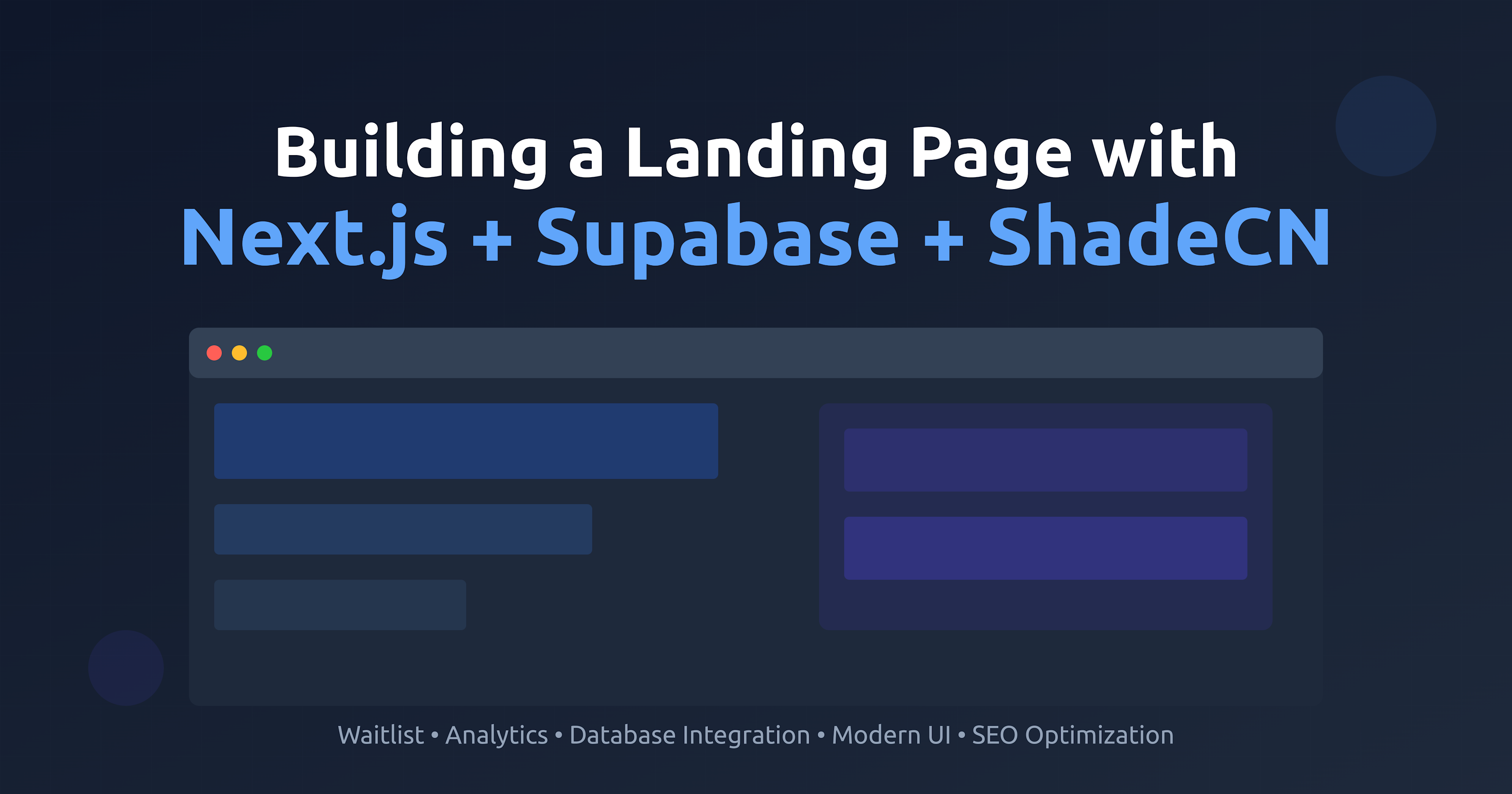
SaaS Growth Tactics: What to Expect in 2025?
Introduction
The SaaS landscape is evolving faster than ever, and 2025 promises to be a game-changer. Whether you're an indie developer bootstrapping your first SaaS product or a seasoned founder scaling towards $1M ARR, staying ahead of SaaS growth tactics in 2025 is crucial. In this guide, we'll explore the most effective SaaS growth strategies for 2025, helping you stay ahead of the competition.
The Changing SaaS Landscape
The SaaS market is projected to hit $900 billion by 2025, with increased competition making growth more challenging. To thrive, founders must focus on strategic positioning, automation, and customer-centric growth.
Key shifts to watch:
- AI-Powered Automation: AI-driven tools for customer support, marketing, and sales will become the norm.
- No-Code & Low-Code Growth: More non-technical founders will enter the SaaS industry.
- Hybrid Monetization Models: Beyond subscriptions—think usage-based pricing, freemium upsells, and service add-ons.
- Product-Led Growth (PLG): Users expect hands-on, self-service experiences with minimal sales touchpoints.
Key Growth Tactics for 2025
1. Hyper-Personalized Marketing with AI
Generic marketing won’t cut it anymore. SaaS founders must leverage AI-driven insights to create highly targeted, data-driven campaigns.
- Automated AI chatbots that learn customer behavior
- AI-driven email segmentation for higher engagement
- Dynamic landing pages that adjust based on visitor intent
💡 Pro Tip: Use tools like ChatGPT-powered chatbots or AI-driven email tools to personalize user experiences.
2. Community-Driven Growth
Customer acquisition costs (CAC) are rising, making organic community growth an essential strategy.
- Launch a private Slack or Discord community for engaged users
- Incentivize user-generated content and reviews
- Foster relationships with micro-influencers in your niche
💡 Pro Tip: Create a customer-led growth model where users become advocates, reducing CAC and improving retention.
3. Smarter SaaS Pricing Models
The traditional monthly subscription model is evolving. In 2025 SaaS businesses will see more hybrid pricing models, including:
- Usage-based pricing (e.g., pay-as-you-go models)
- Feature-based pricing (e.g., only paying for needed features)
- Freemium with paid add-ons (monetizing free users with premium features)
💡 Pro Tip: Use tools like Paddle or Stripe to test different pricing strategies without disrupting existing users.
4. Product-Led Growth (PLG)
Product-led growth (PLG) is becoming the dominant strategy for SaaS companies. Instead of relying on heavy sales efforts, PLG focuses on delivering an outstanding SaaS product experience that drives adoption, retention, and expansion.
- Frictionless onboarding with self-service trials
- In-app tutorials and guided walkthroughs to drive feature adoption
- Viral loops and referral incentives baked directly into the product
- Implement interactive onboarding checklists
- Optimize for mobile-first experiences
💡 Pro Tip: Use PLG tools like Pendo or Amplitude to track and optimize user engagement within your SaaS platform.
Optimizing Retention & Expansion
5. Frictionless Onboarding & UX
A clunky onboarding experience leads to churn. In 2025, seamless UX and onboarding flows will be a major growth factor.
- Implement interactive onboarding checklists
- Use product-led growth tactics (e.g., in-app tutorials)
- Optimize for mobile-first experiences
💡 Pro Tip: Use tools like Userpilot or Appcues to streamline the onboarding experience.
6. AI-Powered Customer Success
Retention is the new growth. Instead of reactive customer support, AI-driven proactive customer success will drive long-term SaaS retention.
- Predict churn risks with AI analytics
- Use automated upsell/cross-sell suggestions
- Offer real-time AI-powered customer support
💡 Pro Tip: Implement AI-driven customer success platforms like Gainsight or Vitally to reduce churn and maximize expansion revenue.
The Re-Evolution of Micro SaaS
Micro SaaS is making a comeback, driven by niche, single-feature products and API-based workflows. Instead of competing with large platforms, Micro SaaS founders are creating specialized tools that seamlessly integrate into existing ecosystems.
Why Micro SaaS is Thriving Again
- Focused on solving one problem extremely well
- Easier to develop and maintain as a solo founder
- API-first approach allows seamless integration with popular tools
- Lower customer acquisition costs due to niche targeting
💡 Pro Tip: If you're building a new SaaS product in 2025, consider niche-specific automation tools or API-based integrations to reduce overhead and increase adoption.
Next Steps for SaaS Founders
To stay ahead in 2025, SaaS founders must adapt quickly. Here’s what you can do today:
✅ Audit your current marketing & automation stack – Identify gaps and integrate AI-driven tools.
✅ Experiment with pricing models – Test usage-based or hybrid pricing for better conversions.
✅ Build an engaged user community – Start small with Slack, Discord, or Facebook groups.
✅ Optimize onboarding flows – Reduce friction to increase activation rates.
✅ Leverage AI-driven retention strategies – Proactively tackle churn before it happens.

Conclusion
SaaS growth in 2025 will demand smart automation, deeper personalization, and community-driven strategies. The best SaaS entrepreneurs will embrace AI, rethink pricing, and prioritize retention over sheer acquisition.
Ready to future-proof your SaaS growth strategy? Subscribe to SaaSySoup for expert-curated insights, actionable guides, and growth strategies that work. 🚀

